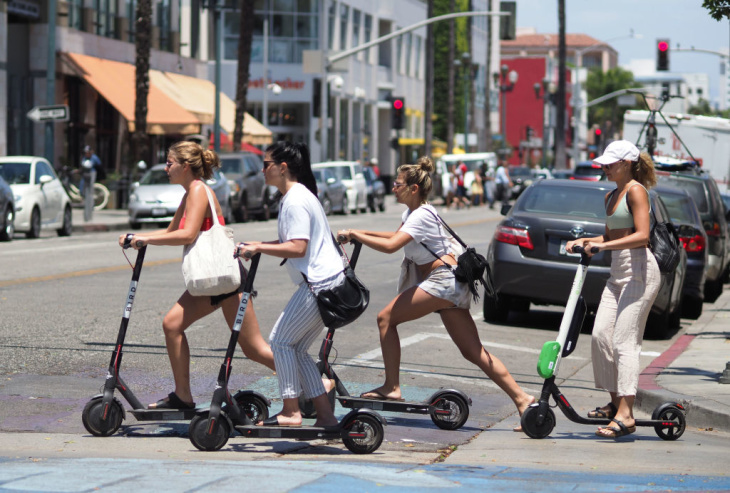
Following up on the Province of British Columbia’s “Move Commute Connect’ strategy which intends to double the percentage of active transportation trips by 2030, the Province has just announced some new legislation. This legislation will allow the Province to enforce signalling and speed limits of vehicles. New regulation will also finally deal with the pesky challenge of what to do about things on the road that are not pedestrians, bicycle riders or car drivers.
Think of it. In British Columbia segways, hoverboards, electric scooters, electric skateboards and electric motorcycles are really not supposed to be on roads. And they really are not supposed to be on sidewalks either. The idea is that you are using those technologies on private property, at your own risk. The Province is allowing for a three year pilot for municipalities to explore how these items could be used, either on roads, sidewalks or bike paths, with an evaluation after the three year period.
The darling of these “micromobility” ways of moving is the E scooter. They are also cash cows for the E scooter industry with the investment in installation in cities being paid back in just a matter of a few weeks. It is no surprise that horror stories of E scooters littering sidewalks in cities have emerged, as different scooter companies try to get their piece of the pie.
But what problem are E scooters solving? Kelowna has a fairly successful trial of them on the 12 km. trail system between UBC Okanagan, downtown Kelowna and Okanagan lake. But in a study done in Paris it was found that if scooters were not available 47 percent of people would have walked, 29 percent would have used public transit, and 9 percent would have biked, with only 9 percent saying they would have used a car.Should we be encouraging E scooter use if it is taking people away from walking and cycling and using transit?
And exactly who is using the E scooter? Wired.com reports on a study that found that people in the $25,000 to $50,000 salary range were more likely to use E scooters, and surprisingly showed that 72 percent of women thought positively about using a scooter than men at 67 percent.This is interesting in that men still account for 75 percent of E scooter trips.
The City of Victoria is hoping to do a E scooter pilot as it aims to have 80 percent of all trips by walking, cycling or public transit by 2030. But the big question about whether the E scooter carves out walking and cycling, and whether it is more than just a fad will need to be tested out.
Below is a YouTube video from 2018 from PBS discussing some of the E scooter issues in Santa Monica when E scooters were allowed in the municipality on a test basis.
